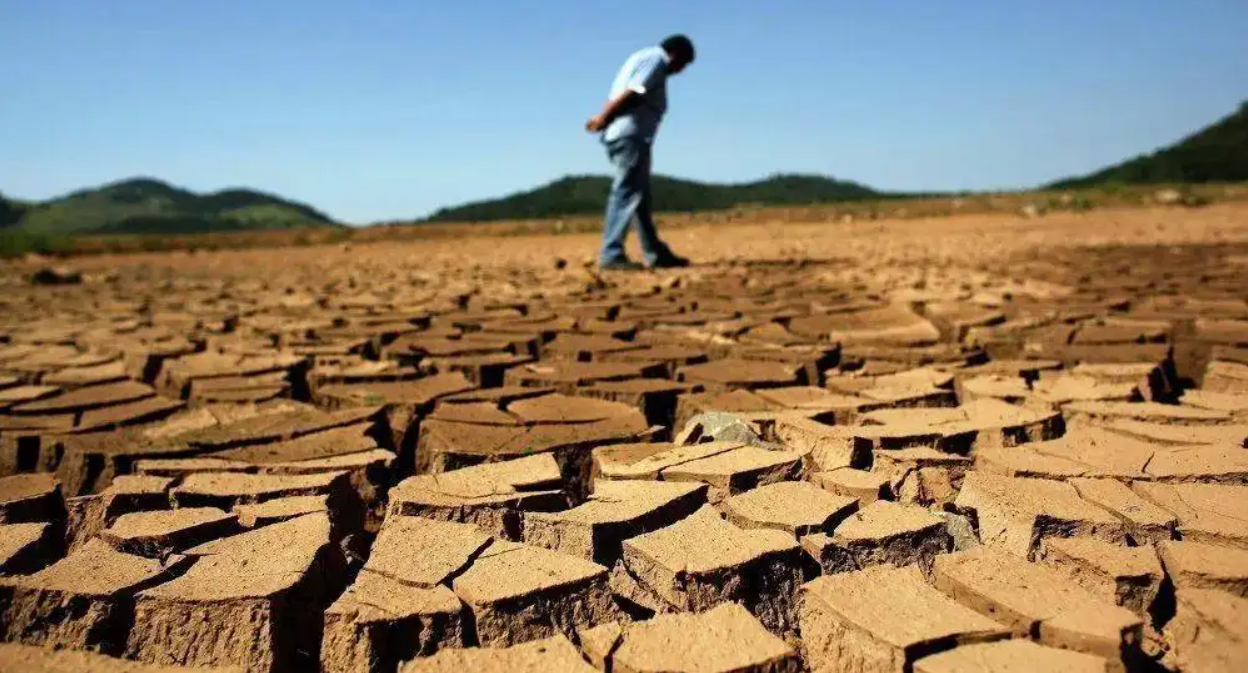Ten Tips to Find Groundwater Sources Before Drilling a Well

Ten Tips to Find Groundwater Sources Before Drilling a Well
Water is an indispensable resource for survival of all life. If there is no water, then all creatures on the earth will face extinction.
Access to water can be difficult in areas with less rain or far from rivers. The shortage of water resources becomes more serious especially in times of drought.
If the groundwater source can be found and wells can be drilled to extract water, the water shortage situation will be greatly improved. But the groundwater source also has its own veins. If you can't find the right drilling point, the borewell will be either short of water or has no water. Therefore, you must evaluate carefully before deciding to drill to avoid wasting time and money.
In order to help people find groundwater sources, AIDU Geo introduces ten practical experiences and skills in identifying groundwater sources based on observing plant growth, topography and seasonal climate changes as follows:
1. In summer, in places where the ground temperature is keeping low and can not be well heated up by the sun, the amount of groundwater must be large. Especially in ponds that have been clogged for a long time, water can be released after deep drilling .
2. Observing the ground drainage. In places that are more humid and drain the slowest, groundwater is usually close to the ground.
3. There usually are good water sources in places that are dry around and wet in the middle, and where crops mature at the latest.
4. Where there is moisture on the ground at the foot of the mountain or hills, water vapor rises like fog in the morning and evening, or there is moss growing on the side of the rock, and water often flows out after rain, there must be water sources.
5. On the ground where the thaw is early in spring, the freezing is late in winter, and the snow melts quickly, the groundwater amount is pretty good.
6. Where mosquitoes gather in clusters in summer mornings or evenings, there usually is a strong underground water supply.
7. Water table is generally high where fog rises in autumn mornings.
8. After freezing in winter, where the cracks in the ground frost, the water table is high.
9. Observing the vegetation on the slope. If buds germinate early in spring and do not wither in droughts, there must be a water source nearby.
10. Dig some small pits about two feet deep on the ground where the well is to be drilled to observe the groundwater situation. The specific methods are as follows:
When the sun just rises in the mornings in spring and autumn, whichever pit has fog over it, the nearby water table is high.
Put a bowl upside down in the pit, and check it every other day. If there are many and large water droplets in the bowl, the groundwater is prosperous and the water is shallow.
When it is sunny in spring and autumn or winter, put firewood that is easy to generate smoke in the pit. If the smoke rises straight after lighting, the groundwater nearby is not bad.
The above methods can be used for reference when drilling and selecting borewell point. When looking for groundwater sources, you should rely on local residents because they are familiar with the local hydro-geology, especially about abandoned wells and ancient wells. Inquiry about those information can be a great help in deciding where best to drill.





